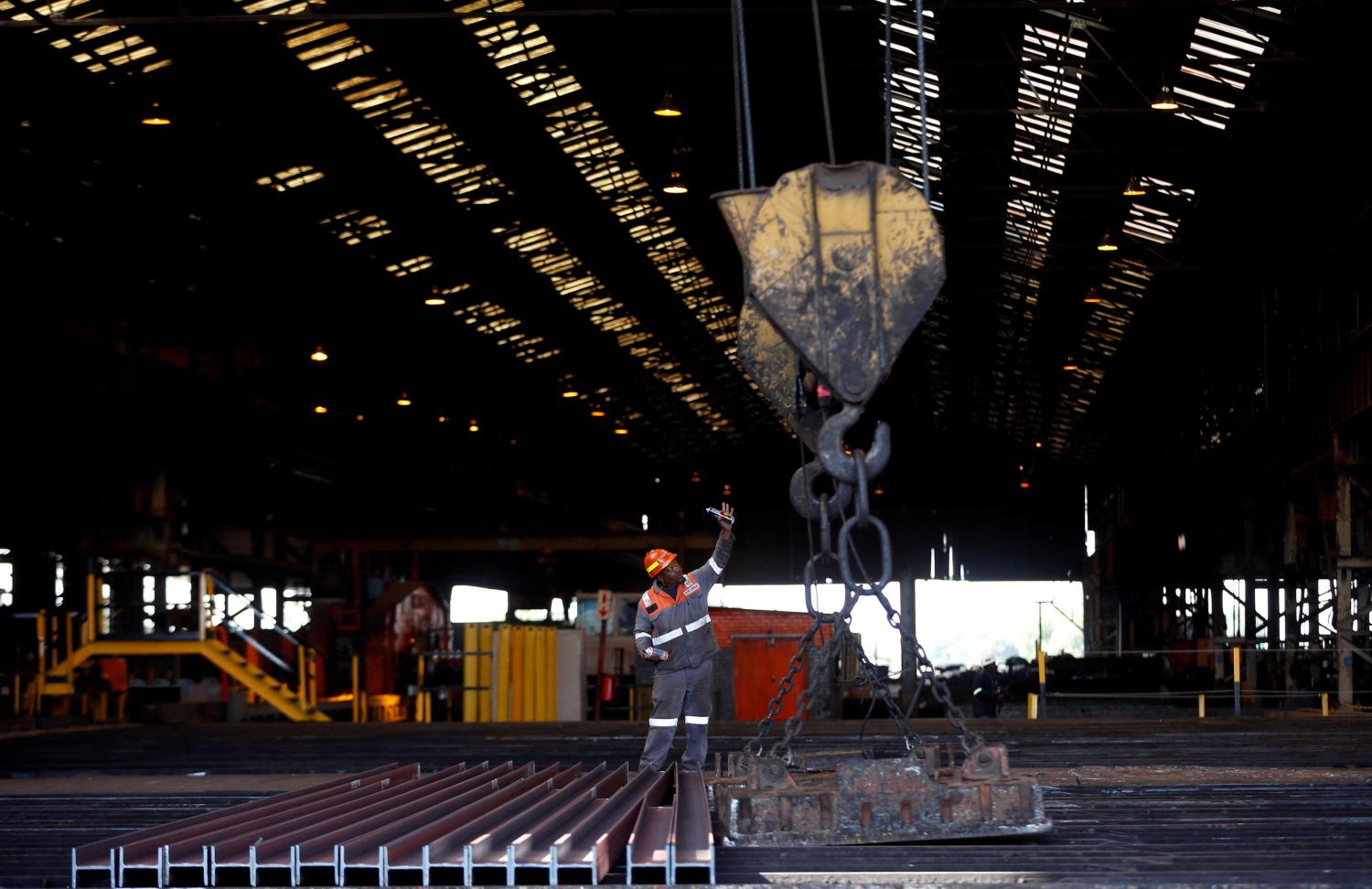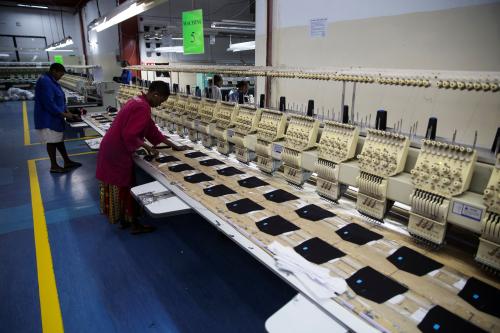Among policymakers and scholars alike, a robust manufacturing sector is broadly understood as a fundamental path to economic growth and development. The most recent illustration is the launch of the African Continental Free Trade Area (AfCFTA) in March 2018, a single market for goods and services in Africa that aims to unlock manufacturing potential and facilitate industrialization, driving sustainable growth and jobs among other objectives. The key boon of manufacturing is that it absorbs large swaths of workers and places them into productive and decent paying jobs. Throughout history, this exact recipe has transformed the United States, United Kingdom, France, Japan, and Germany into some of the world’s wealthiest nations. Most recently, a new age of industrialization has helped push China into one of the world’s fastest growing economies boasting the largest middle class, with other Southeast Asian countries following closely behind. These are all examples of how industrialization can generate rapid structural change, drive development, and alleviate poverty and unemployment.
However, this narrative seems to exclude many African nations. Despite their manufacturing potential and promising trajectories, most African countries have remained relatively dearth of factories. This limited industrial development represents a missed opportunity for economic transformation and quality employment generation that alleviates poverty.
The silver lining is the potential. Business-to-business spending in manufacturing in Africa is projected to reach $666.3 billion by 2030, $201.28 billion more than that it did in 2015. Irene Yuan Sun, author and consultant, considers Africa to be “the world’s next great manufacturing center”, potentially capturing part of the 100 million labor-intensive manufacturing jobs that will leave China by 2030. This trend creates a huge opportunity for the continent, not only for countries such as South Africa, Egypt, and Nigeria (all regional outperformers in the Global Manufacturing Competitiveness Index), but also for newer players such as Ethiopia, Morocco, Rwanda, and others (all of whom have recently adopted policies enabling manufacturing and industrial development).
Today, leaders are increasingly realizing that manufacturing is a major factor in helping Africa achieve their goals of successfully reaching the next stage of economic development. The African Union has put the sector front and center in its Agenda 2063. African governments are seeking new and innovative ways to attract investment and nurture industry, implementing strategies that involve targeted investment in infrastructure, improved regional integration, and the establishment of special economic zones (SEZs) for priority subsectors.
However, in order to reach its manufacturing and industrial potential, much needs to be done by the public and private sectors to increase Africa’s economic complexity, diversity, competitiveness, and productivity. This report explores some of the key structural constraints that have prevented Africa’s manufacturing sector from maturing and from launching the same kind of economic modernization process witnessed in other developing regions. It also conducts a cross-national comparison of the manufacturing sector in Africa, providing illustrative examples of countries that are experiencing four unique trajectories of industrial development, and identifying specific opportunities in each country based on the size and level of competitiveness of their manufacturing markets. Finally, with special attention to current major transformations, the report draws conclusions about the future of the manufacturing sector in Africa.
The report ultimately offers business leaders an accessible overview of Africa’s biggest opportunities in the manufacturing sector, discussing trends and perspectives by 2030. It provides policymakers with some options likely to attract private investors, accelerate manufacturing and industrial development, and contribute to growth and poverty alleviation, facilitating the fulfillment of the SDGs and the African Union’s Agenda 2063. While policy solutions are likely to differ across countries, manufacturing will be central to Africa’s ability to meet its development goals.
This report was produced in collaboration with Chelsea Johnson, Fellow at the London School of Economics and Political Science.







